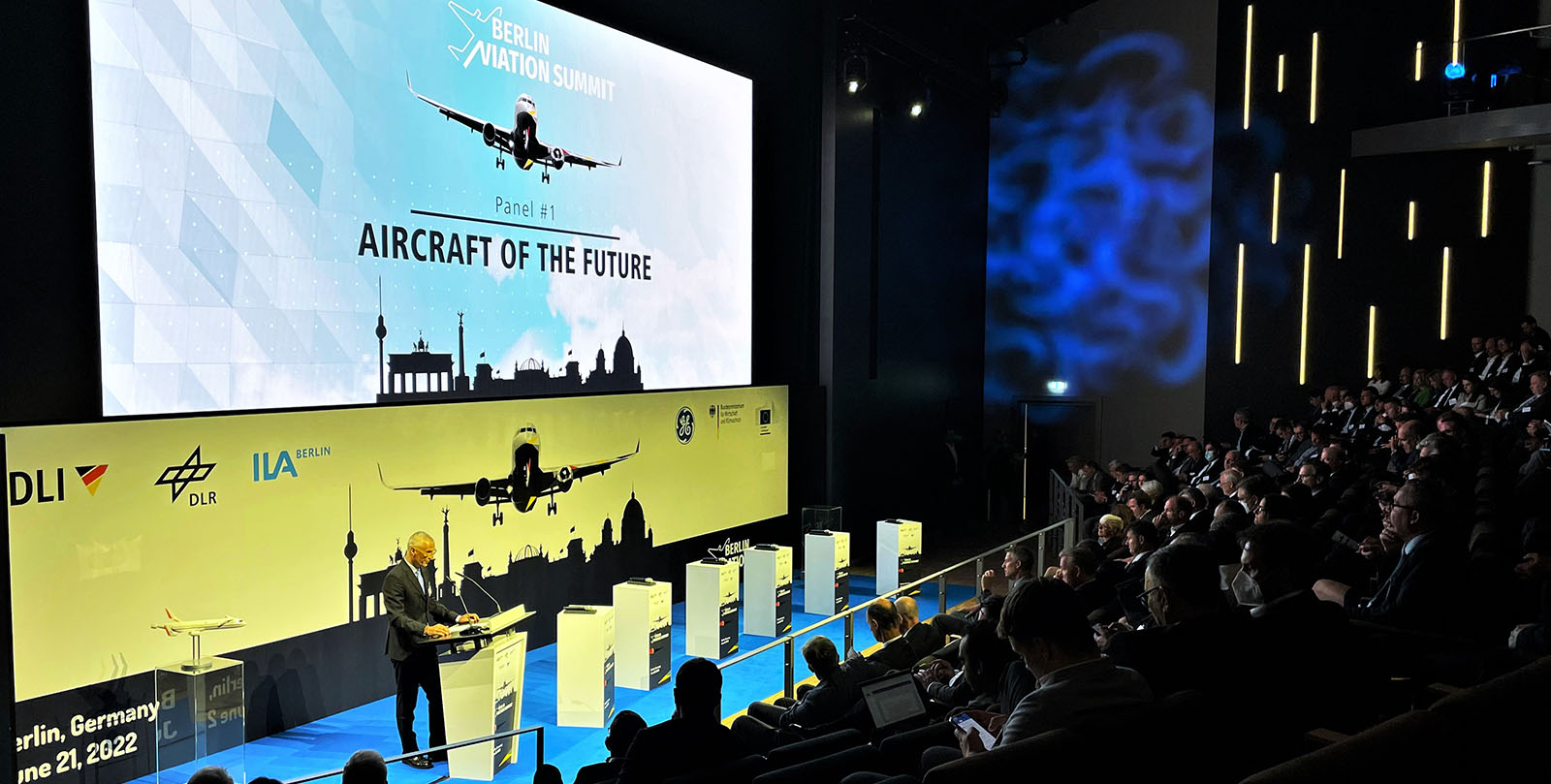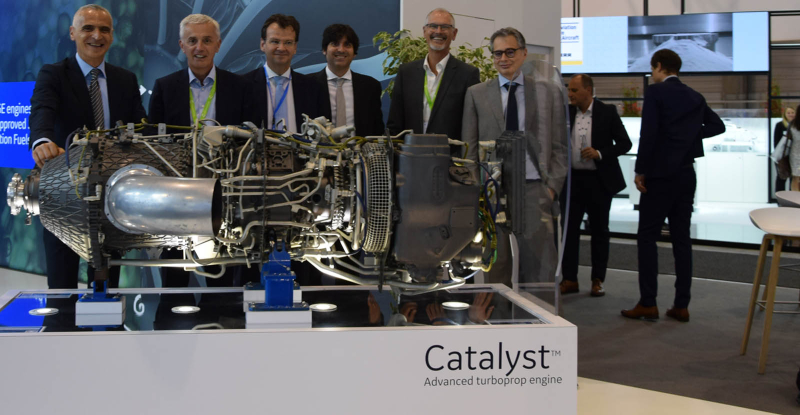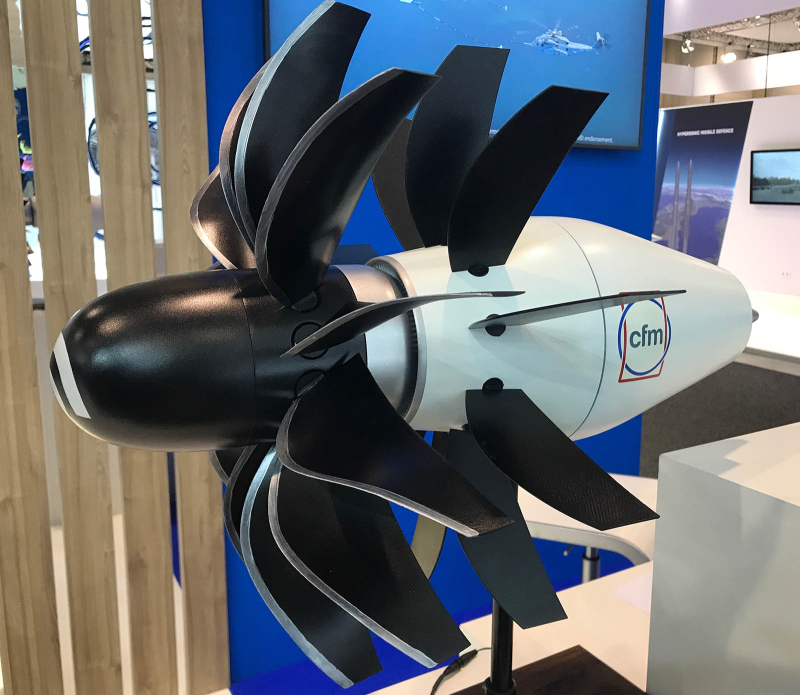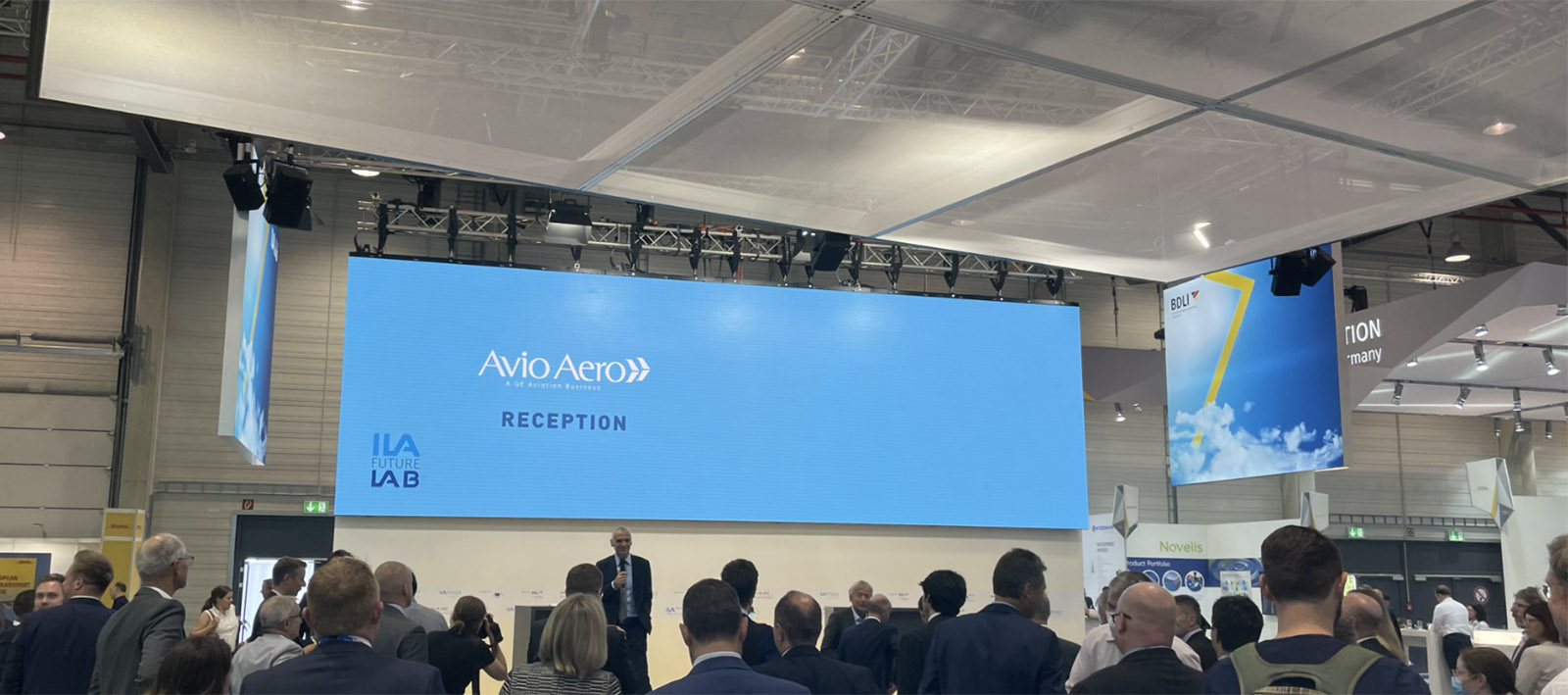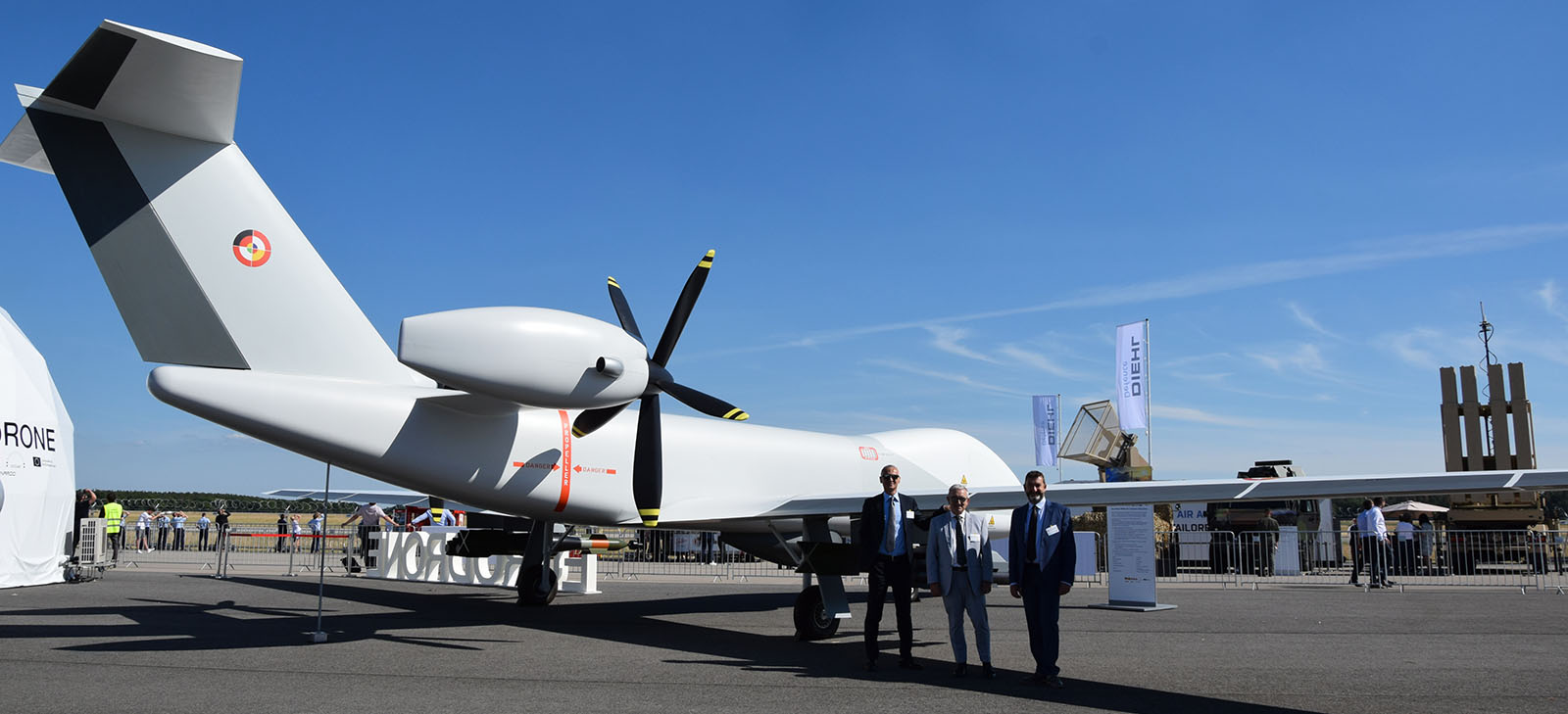Aviation
Together again, for European aviation’s future
My takeaways from the recent Berlin Aviation Summit and ILA Berlin airshow revolve around the actions we are pursuing today and the vision we have for a decarbonized future of flight.
Jun 2022
It was a pleasure to join colleagues in person again at the last Berlin Aviation Summit and ILA Berlin Airshow. One thing quickly became clear to me: when it comes to climate change, sustainability, and the protection of our future, I think we can all agree that we are at a pivotal point in our history.
I think we can also agree that the aviation industry will play a crucial role in that future. Policy actions and the efforts of our industry have led to improvements in fuel efficiency, especially in aircraft and engine development. For instance, the amount of fuel burned per passenger dropped by 24% between 2005 and 2017.
However, these reductions in fuel consumption have been outpaced by a sustained growth in air traffic and, despite being setback by COVID over the past two years, growth will return as we recover from the pandemic and look to the future.
Even though aviation accounts for a relatively small percentage of CO2 emissions, we are playing our part in addressing climate change even as the industry works to recover from the global pandemic. And while we’ve made a good start, we know there is much more that we must do. A notable outcome from COP26 was the move by 23 nations to sign the International Aviation Climate Ambition Declaration - recognizing the need for aviation to “grow sustainably” and reiterate ICAO’s role to implement short, medium and long-term climate goals for the industry.
At the 77th IATA AGM in Boston last year, airlines agreed to achieve net-zero carbon emissions by 2050, in line with the Paris accord target to keep global warming to 1.5 degrees. So, there’s no doubt we need to transform aviation to achieve a more sustainable and climate neutral future.
To achieve climate neutrality, the EU’s European Green Deal sets out the need to reduce transport emissions by 90% within 2050 and Europe’s aviation sector has unveiled its flagship sustainability initiative - Destination 2050 – which lays out a vision and path for CO2 emission reduction efforts in Europe and across the globe.
Reducing CO2 emissions is a must, but the status quo won’t do. It needs all of us to play a role. And while disruptive technologies that revolutionize aircraft and engines are needed to reach our net-zero ambitions, no one entity or even aviation segment can achieve net-zero alone.
No one country can do this alone either. Not even a continent. This requires global solutions and global participation, and Europe must play its part. For example, incentives that foster infrastructure to make alternative fuels more widely available and affordable are just as important as making new aircraft and engines with improved fuel burn.
In fact, a combination of three key measures could achieve substantial CO2 emission reductions. By the year 2050, these reductions are projected to come from: the use of sustainable aviation fuels or SAF; improvements in air traffic management and aircraft operations; and, finally, new aircraft and engine technologies, including open fan engine architecture, hydrogen-powered engines, and hybrid electric aircraft.
However, for these measures to be successful, there are many actions that need to be achieved. We need governments and institutions around the world to play their part. And we also need a sustained and planned approach from policymakers to support the development of novel technologies and stimulate the ramp-up of SAF and green hydrogen production capacity.
We need investment in SAF production capacity by fuel producers, a globally consistent approach to regulation and certification standards, collaboration between research institutions and aerospace suppliers in the development of the new technologies, and we need investment by airport operators in the infrastructure required to support new aviation technologies.
Having said all of that, what is GE doing to lead decarbonization in aviation?
Let me break this down in three phases. First, GE’s track record of technology and innovation means we have the products and services available today to help customers reduce carbon emissions. GE’s recent commercial engine product line renewal is more fuel efficient than the previous generation. In fact, fielded technology advances have led to GE and CFM International* engines being 40% more fuel efficient than those manufactured in the 1970s and 80s. GE also has tools to reduce fuel consumption and CO2 emissions further in our existing fleets, including advanced engine cleaning systems, flight management systems, and software to optimize aircraft operations. Furthermore, all GE engines can operate on approved SAF today.
Second, to accelerate the near-term uptake of alternative fuels and decarbonization efforts, GE Aviation is collaborating across the industry. For example, the Passport engine recently completed successful testing using 100 percent SAF. This is the latest in a series of 100 percent SAF tests run by GE and CFM. In fact, GE engines powered the first commercial aircraft flight on 100% SAF in 2018. And in the next 12 months, I’d like to add that our Catalyst turboprop engine will be tested with 100% SAF here in Europe with the Czech Technical University of Prague.
In addition, GE’s ambition is to be a net zero company by 2050, including the Scope 3 emissions from the use of sold products. GE is also committed to being carbon neutral by 2030 in its own facilities and operations, including Scope 1 and Scope 2 emissions.
Finally, we’re already working on important future technologies. GE Aviation and our partners are already shaping the future of flight by proving out future technologies and have announced some bold, disruptive development programs over the last year: GE and Safran launched the CFM RISE program in June last year to demonstrate and mature disruptive technologies, including both hybrid electric and the revolutionary open fan architecture, providing a true step change in propulsive efficiency compared to ducted engine designs. The RISE program is targeting more than 20% lower fuel consumption and CO2 emissions compared to today’s most fuel-efficient engines.
GE has been developing technologies to enable the open fan engine for decades and has continued to advance a simpler and lighter approach to open fan engine design. That’s why we believe the time for open fan is now.
NASA and GE Aviation have partnered to mature a megawatt-class hybrid electric engine that could power a single-aisle aircraft. Boeing has also joined the program to modify the plane that will test the propulsion system in the air. The NASA-GE partnership is part of NASA’s Electrified Powertrain Flight Demonstration (EPFD) project. Hybrid electric propulsion technologies save fuel and optimize engine performance.
Also, CFM and Airbus are collaborating on a hydrogen demonstration program that will take flight around the middle of this decade. The program objective is to flight test a direct combustion engine fueled by hydrogen on the Airbus ZEROe demonstrator, in preparation for entry-into-service of a zero-emission aircraft by 2035.
And here in Europe, Avio Aero’s contribution to these technologies is significant. We contributed to the development and testing of open fan architectures under Europe’s Clean Sky research program in collaboration with Safran Aircraft Engines. Our work includes the power reduction gearbox and the low-pressure turbine, as well as contributing to other engine sections, such as the combustor. We also contributed to Europe’s Clean Sky 2 program, exploring multiple architectures for hybrid electric, which we hope to demonstrate as part of Europe’s Clean Aviation program.
I’m also proud of our new Catalyst engine, on display during all the ILA airshow: it is the first turboprop in aviation history made with 3D-printed components, designed and developed here in Europe, enabling a lighter and more fuel-efficient engine, directly reducing CO2 emissions. And moreover, the Catalyst engine’ maiden flight was at the Berlin airport last year. Last, but not least, Avio Aero established and coordinated the “European Research Network” gathering of 32 Universities, R&D Centers and SMEs (Small and Medium Enterprises), with the common goal of facing the challenge of the future of flight.
As a group, GE Aviation spent $1.6 billion in 2021 on research and development, including maturing technologies to reduce carbon emissions from flight. Our commitment is clear, but it will take all of us to achieve the industry net-zero carbon emissions goal by 2050. We need everyone to play – industry, governments, academia – and we at Avio Aero and GE are ready to lead in this commitment to prepare us all for a sustainable future.
*CFM International is a 50-50 joint company between GE and Safran Aircraft Engines.



